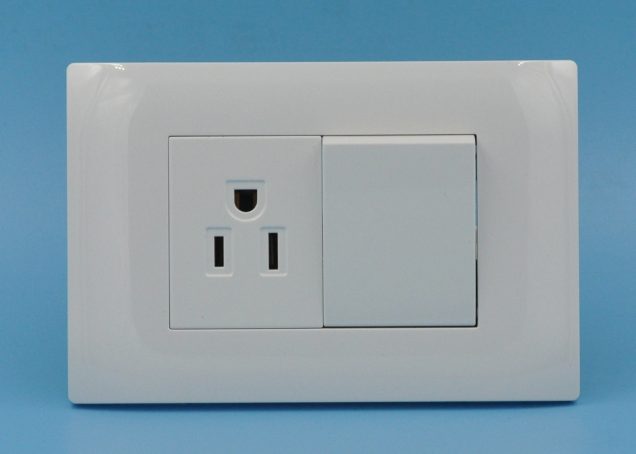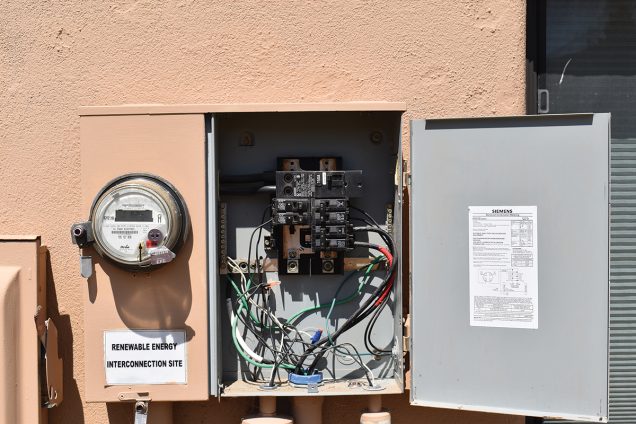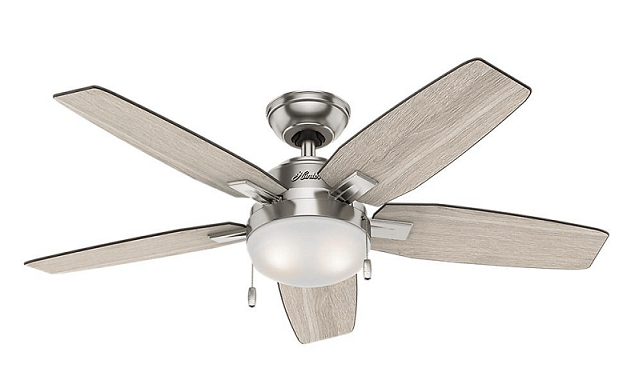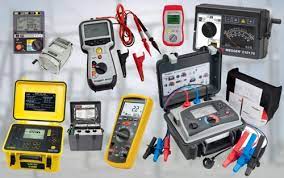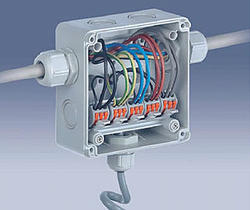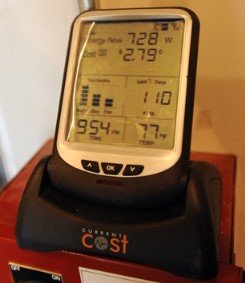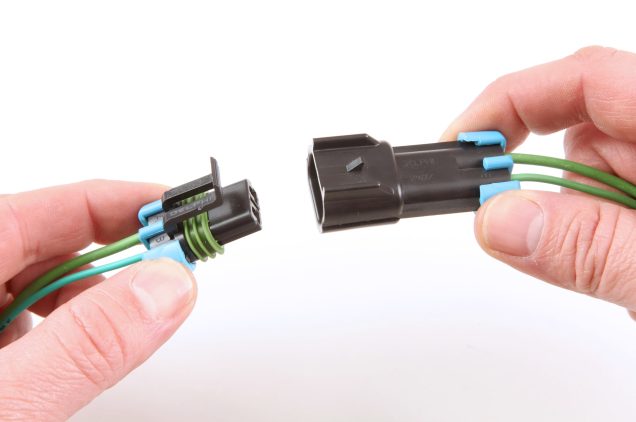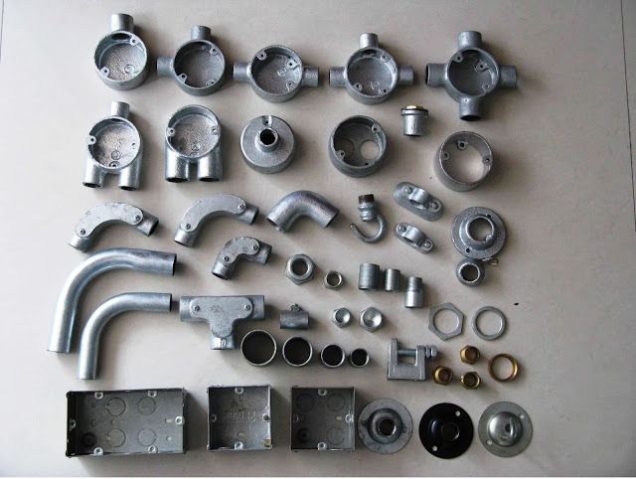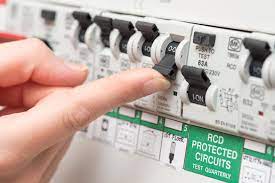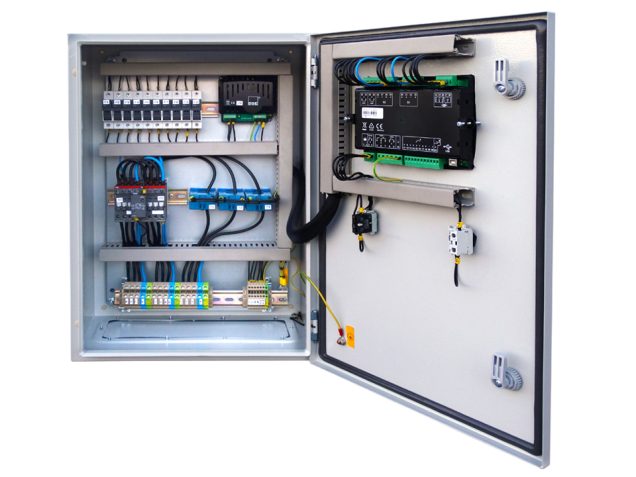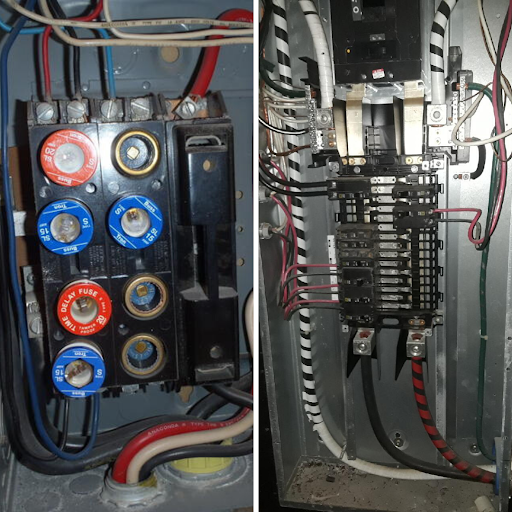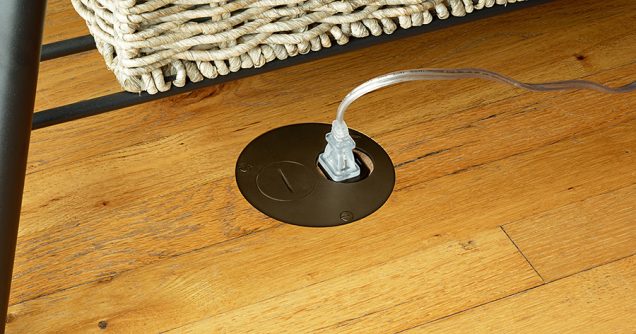
Installing Electrical Floor Outlet
What do you do if your room includes a sitting area in the middle? You would like a lamp or two, but you are 10 to 12 feet or more from any wall outlet. Long extension cords running along the floor can be an obvious tripping hazard. The answer is a floor outlet. Often known […]
